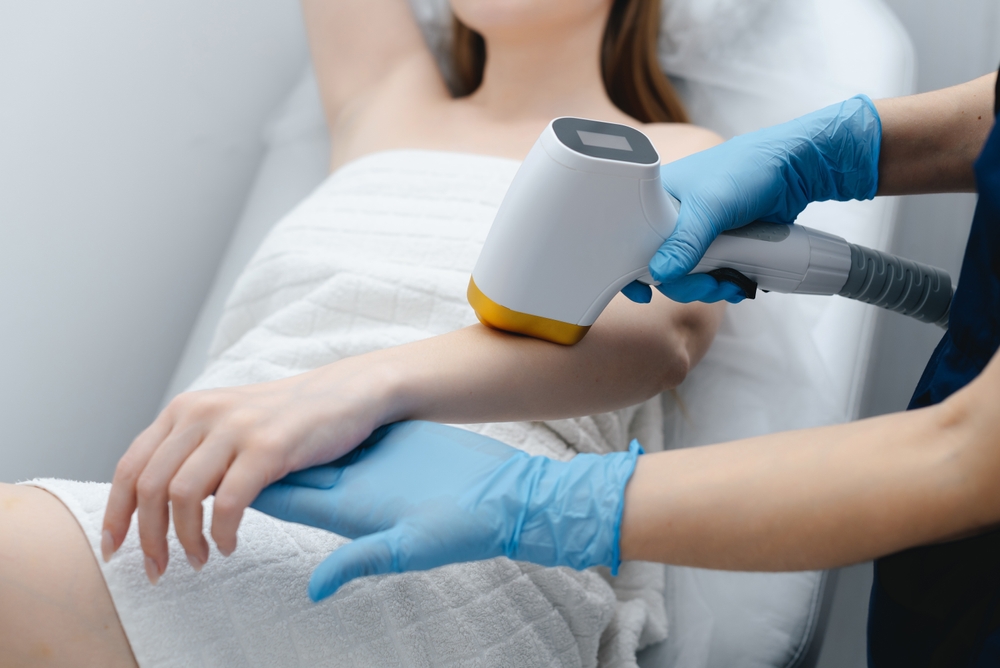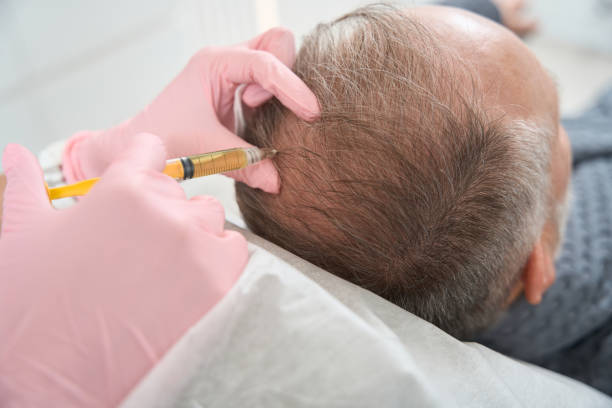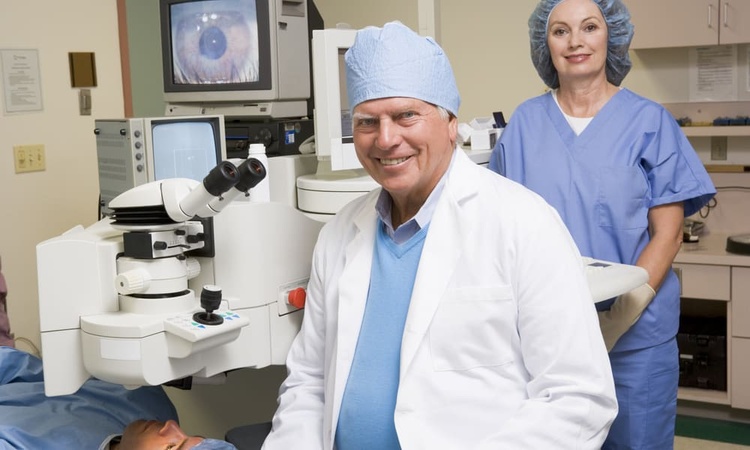Dark Circle Laser Treatment: Techniques, Considerations, and Expected Outcomes in 2025
Laser-based approaches for dark circles are often discussed as part of broader cosmetic dermatology options. These treatments focus on targeting pigmentation, texture changes, or vascular visibility beneath the eyes. Various techniques may be used depending on skin characteristics and underlying causes, and results can vary widely. This guide provides an overview of commonly referenced laser methods, preparation steps, and general considerations shared in professional skincare contexts.

Dark circles under the eyes represent one of the most persistent cosmetic concerns, affecting individuals across all age groups and skin types. These shadowy discolorations can result from various factors including genetics, aging, sun exposure, and lifestyle habits. As cosmetic technology advances, laser treatments have become increasingly sophisticated, offering targeted solutions that address the root causes of dark circles rather than merely masking their appearance.
The Science Behind Laser Treatments
Laser therapy for dark circles works through precise light energy delivery that targets specific skin concerns. The technology operates on the principle of selective photothermolysis, where specific wavelengths of light are absorbed by target tissues without damaging surrounding areas. For dark circles, lasers can address multiple underlying causes including excess melanin production, broken capillaries, and reduced collagen density. The controlled thermal energy stimulates cellular renewal processes, encouraging the production of new, healthier skin cells while breaking down problematic pigmentation. This scientific approach allows practitioners to customize treatments based on individual skin characteristics and the specific causes of dark circle formation.
Types of Lasers Used
Several laser technologies are employed for dark circle treatment, each targeting different aspects of the condition. Q-switched lasers, including Nd:YAG and alexandrite systems, excel at breaking down melanin deposits that contribute to pigmentation-based dark circles. Fractional CO2 lasers focus on skin resurfacing and collagen stimulation, addressing textural issues and improving overall skin quality. Pulsed dye lasers specifically target vascular components, reducing the appearance of visible blood vessels that can contribute to dark circle formation. IPL (Intense Pulsed Light) systems, while technically not lasers, offer broad-spectrum light therapy that can address multiple concerns simultaneously. The selection of appropriate laser technology depends on factors such as skin type, circle severity, underlying causes, and individual patient characteristics.
Procedure and Recovery
The laser treatment process typically begins with a comprehensive consultation to assess skin condition and determine the most suitable approach. During the procedure, protective eyewear is essential due to the proximity to the eyes, and topical anesthesia may be applied to minimize discomfort. Treatment sessions usually last between 15 to 45 minutes, depending on the laser type and treatment area size. Most patients experience mild discomfort during the procedure, often described as a rubber band snapping sensation. Post-treatment care involves protecting the treated area from sun exposure, applying prescribed topical medications, and following specific cleansing instructions. Recovery timelines vary by laser type, with some treatments requiring minimal downtime while others may involve several days of redness and mild swelling. Patients typically return to normal activities within a few days, though complete healing may take several weeks.
Expected Results and Longevity
Results from laser dark circle treatments develop gradually over several weeks to months as the skin undergoes natural healing and renewal processes. Most patients notice initial improvements within 2-4 weeks, with optimal results becoming apparent after 8-12 weeks. The degree of improvement varies based on factors such as the underlying cause of dark circles, skin type, age, and lifestyle factors. Many patients achieve 30-70% improvement in dark circle appearance, though complete elimination is not always possible, particularly in cases with strong genetic components. Treatment longevity typically ranges from 1-3 years, depending on individual factors and maintenance care. Some patients benefit from periodic touch-up treatments to maintain optimal results, while others may require combination approaches involving multiple laser types or complementary treatments.
| Treatment Type | Provider Examples | Cost Estimation | Key Features |
|---|---|---|---|
| Q-switched Laser | Dermatology clinics, Medical spas | $200-800 per session | Targets pigmentation, minimal downtime |
| Fractional CO2 | Plastic surgery centers, Aesthetic clinics | $500-1500 per session | Skin resurfacing, collagen stimulation |
| Pulsed Dye Laser | Vascular specialists, Dermatologists | $300-900 per session | Addresses vascular components |
| IPL Treatment | Medical spas, Aesthetic centers | $150-600 per session | Multi-concern approach, gentler option |
Prices, rates, or cost estimates mentioned in this article are based on the latest available information but may change over time. Independent research is advised before making financial decisions.
The success of laser dark circle treatments depends heavily on proper candidate selection and realistic expectations. Ideal candidates typically have good overall health, realistic expectations, and dark circles primarily caused by pigmentation or mild textural issues rather than severe structural concerns. Patients with very thin under-eye skin, active skin conditions, or certain medical histories may not be suitable candidates for laser treatments. Professional consultation remains essential for determining the most appropriate treatment approach and setting realistic outcome expectations.
This article is for informational purposes only and should not be considered medical advice. Please consult a qualified healthcare professional for personalized guidance and treatment.



